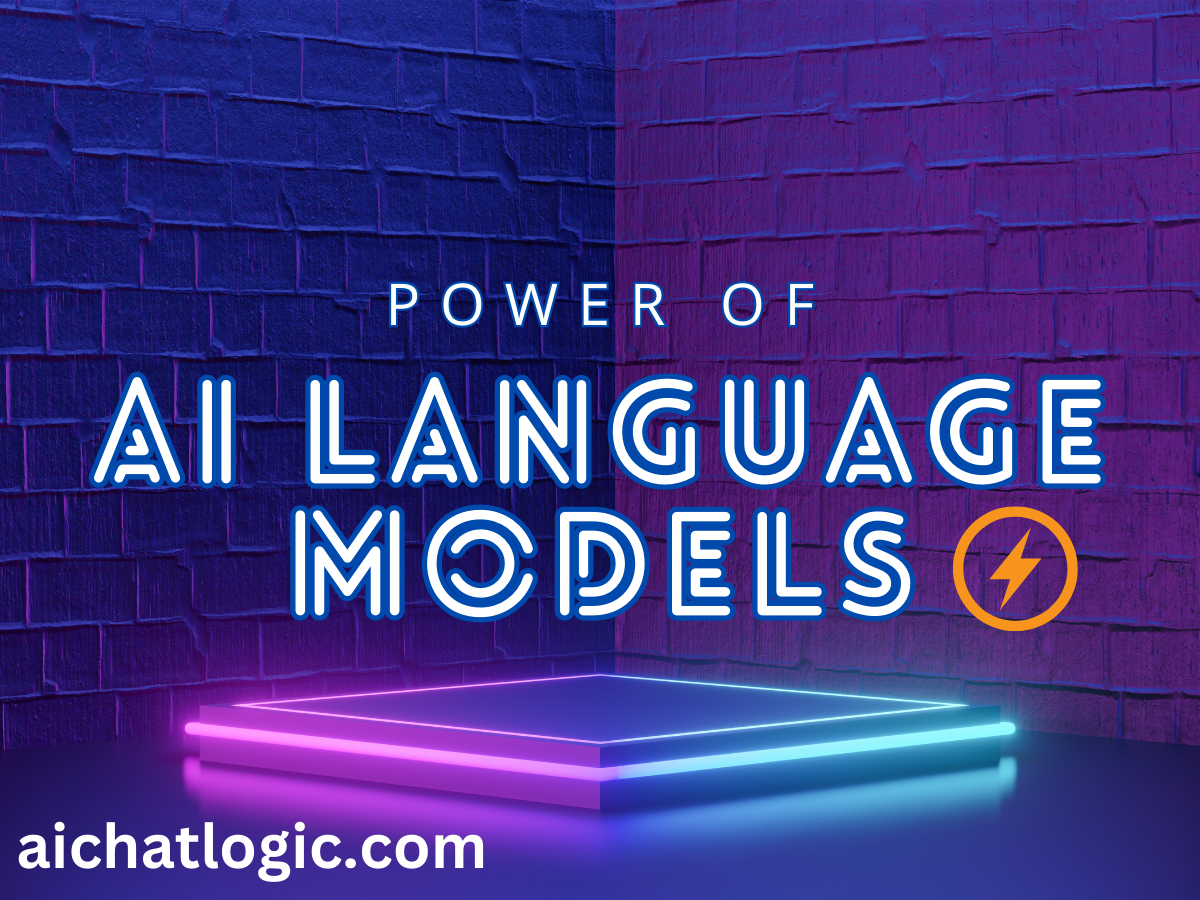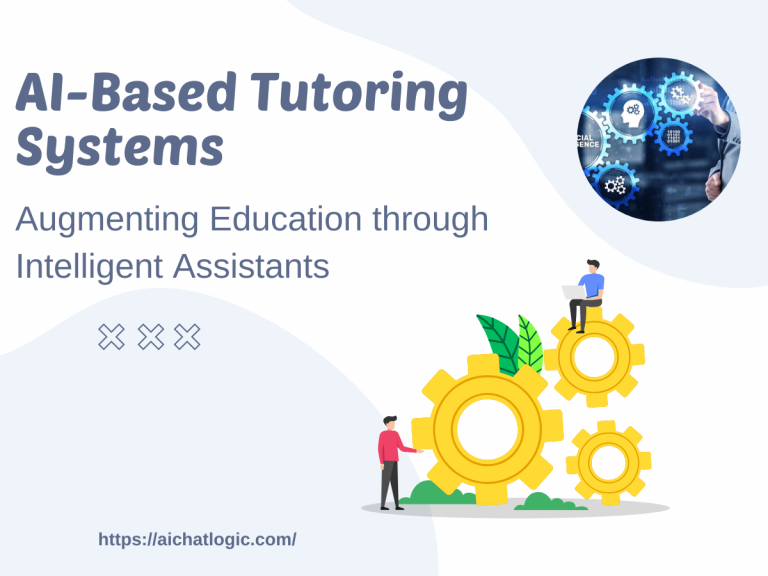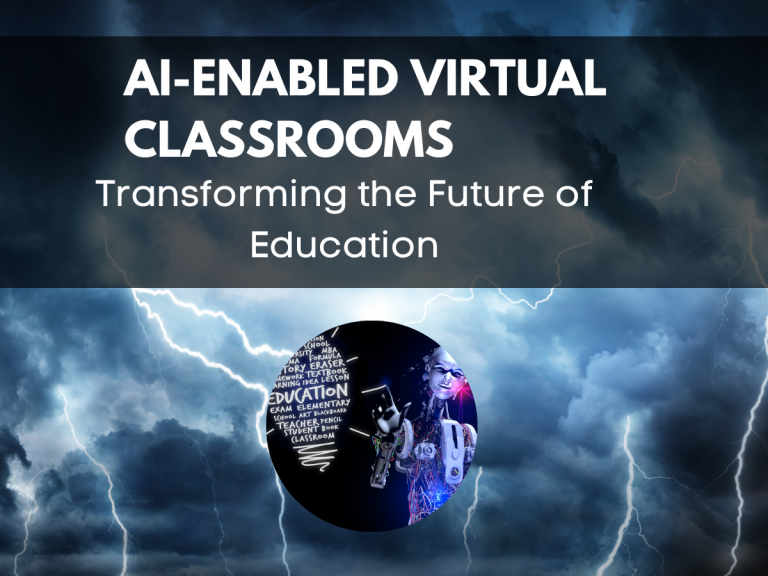The world of technology has witnessed astonishing progress over the years, and one exceptional breakthrough is the emergence of AI language models. These remarkable models have surpassed the constraints of conventional programming, opening up novel possibilities in human-computer interactions. Join us as we uncover the intricacies of these groundbreaking models and uncover the true potential they hold at the tip of our tongue.
Introduction
Language, a fundamental aspect of human communication, has long been an exclusive domain of humans. However, with the advent of AI language models, the boundaries of linguistic prowess are expanding. AI language models are computer programs designed to understand, generate, and manipulate human language. By utilizing complex algorithms and massive amounts of data, these models can mimic human-like language generation and comprehension.
Understanding AI Language Models
What are AI language models?
AI language models are sophisticated algorithms that enable computers to understand and produce human language. They are built upon deep learning architectures, specifically the transformer architecture, which allows them to process and generate text efficiently. These models can learn from vast amounts of textual data and derive meaningful patterns to generate coherent and contextually appropriate responses.
How do they work?
At the core of AI language models lie neural networks that consist of numerous interconnected nodes called neurons. These networks are trained using a vast corpus of text data, allowing the models to learn the statistical patterns and relationships between words, phrases, and sentences. By leveraging this knowledge, AI language models can generate human-like text and respond to queries or prompts based on the context provided.
The Evolution of AI Language Models
AI language models have made significant advancements, propelling them to unprecedented levels of sophistication and capability. These improvements have allowed them to “speak” in a manner that closely resembles human language, effectively bridging the gap between machines and humans. Through natural language processing and generation, these models can now communicate with a level of fluency and nuance that was previously unattainable. This “tongue” of AI language models has revolutionized human-machine interaction, enabling more seamless and intuitive communication between users and AI systems.
Early language models
Early language models, such as Eliza and Chatbot ALICE, laid the foundation for natural language processing, setting the stage for remarkable advancements in the field. These pioneering models, with their rule-based approaches and predefined responses, sought to simulate conversations and provide interactive experiences. With each passing moment, the field of AI language models unfolds new horizons, empowering us to wield the power of language on the tip of our tongue.
Introduction of GPT-3 and its capabilities
The introduction of OpenAI’s GPT-3 (Generative Pre-trained Transformer 3) marked a significant milestone in AI language models. With 175 billion parameters, GPT-3 demonstrated remarkable language generation capabilities. It could compose essays, answer questions, and even generate code snippets. GPT-3 showcased the potential of AI language models on a grand scale.
With AI language models, the power of words dances upon the tongue, creating a symphony of expression and unlocking realms of communication previously uncharted.
Advancements in AI language models
Following the success of GPT-3, researchers and developers have continued to refine and enhance AI language models. These models have become larger, more powerful, and capable of understanding and generating text with astonishing accuracy. Companies and research institutions worldwide are investing in AI language model development, leading to an accelerated pace of progress.With AI language models, the power of words dances upon the tongue, creating a symphony of expression and unlocking realms of communication previously uncharted.
Unleashing the Power of AI Language Models
AI language models have unleashed a multitude of applications that were once deemed impossible. Let’s explore some of the ways in which these models are revolutionizing various fields.
Enhanced language generation
AI language models can generate text that is indistinguishable from human-written content. They can write articles, blog posts, and even fiction stories. The ability to produce coherent and contextually appropriate text opens up possibilities for automated content creation, freeing up time for human writers to focus on more creative tasks. These powerful models, guided by cutting-edge algorithms and nurtured by vast amounts of data, have become our partners in the art of language. They unravel the intricacies of words, infuse them with meaning, and lend them voice upon our tongue. With AI language models, we can engage in natural, fluid conversations, seek knowledge, and explore new frontiers of creativity.
Language translation and interpretation
With their advanced understanding of multiple languages, AI language models can facilitate accurate translation between different language pairs. They can break down language barriers and enable seamless communication across cultures, aiding in international collaborations and global connectivity. With every word spoken or written, the power of AI language models amplifies the voice that dances upon our tongue each day.
Content creation and optimization
In the realm of SEO (Search Engine Optimization), AI language models are invaluable assets. They can analyze vast amounts of data, identify trends and keywords, and generate optimized content that ranks higher in search engine results. This optimization enables businesses to increase their online visibility and reach a broader audience.
Applications of AI Language Models
AI language models find applications across a wide range of domains, transforming the way we interact with technology. Let’s delve into a few key applications that highlight their versatility.
Virtual assistants and chatbots
Virtual assistants like Siri, Alexa, and Google Assistant employ AI language models to understand and respond to user queries. These models have significantly improved natural language processing capabilities, enabling more conversational and intuitive interactions between humans and machines. Chatbots, powered by AI language models, provide customer support, answer frequently asked questions, and enhance user experiences.
Content writing and SEO optimization
AI language models have become indispensable tools for content writers and marketers. They can generate high-quality, engaging content that aligns with specific target audiences. By analyzing data and optimizing content with relevant keywords, these models enhance the visibility and search engine rankings of websites, driving organic traffic and improving conversions.
Language tutoring and learning
AI language models are transforming language education by providing personalized tutoring and learning experiences. They can assess learners’ proficiency, offer customized exercises and feedback, and adapt their teaching methods based on individual needs. These models facilitate interactive and engaging language learning, making it accessible to a broader range of learners.With the mastery of AI language models, the melody of words rolls off the tongue, painting vibrant pictures of expression and forging paths of connection in the vast realm of communication.
The Implications and Challenges of AI Language Models
While the potential of AI language models is immense, their development and deployment also raise several important considerations.
Ethical considerations
As AI language models become increasingly sophisticated, ethical questions arise. The responsibility of developers and researchers to ensure transparency, fairness, and accountability in these models is crucial. Efforts are underway to establish ethical guidelines and frameworks to govern their use and prevent potential misuse.
Bias and fairness in language models
AI language models learn from vast amounts of data, including text from the internet, which may contain biases. If not carefully managed, these biases can perpetuate stereotypes and discrimination. Researchers are actively working to mitigate bias in language models and ensure fairness in their outputs.
Security and privacy concerns
The extensive use of AI language models raises concerns about data security and privacy. Models that process sensitive or confidential information must adhere to robust security measures to protect user data. Safeguarding user privacy while harnessing the power of AI language models is an ongoing challenge that requires continuous advancements in cybersecurity.
Beyond the Human Tongue: Exploring the Future
The potential of AI language models extends far beyond their current capabilities. Let’s glimpse into the future and explore the possibilities that lie ahead.
Collaborative writing with AI
In the future, humans and AI language models could collaborate seamlessly in creative endeavors such as writing books, scripts, or music. These models can offer suggestions, generate ideas, and provide real-time feedback, enriching the creative process and pushing the boundaries of human imagination.
AI’s role in scientific discoveries
AI language models hold the potential to assist scientists in their research and discovery endeavors. By analyzing vast scientific literature and generating hypotheses, these models can augment human intelligence and accelerate scientific breakthroughs. AI language models have the capacity to contribute to advancements in fields such as medicine, physics, and environmental science.
Pushing the boundaries of creativity
AI language models are already demonstrating their ability to generate art, poetry, and music. As their understanding of human creativity deepens, these models could become catalysts for new forms of artistic expression. They may challenge traditional notions of authorship and inspire a renaissance of creativity in the digital age.
Conclusion
AI language models have transformed the way we interact with technology and have become indispensable tools in various fields. Their ability to understand, generate, and optimize human language opens up a world of possibilities. However, the responsible development and deployment of these models require careful attention to ethical considerations, bias mitigation, and data security. As we venture into the future, the partnership between humans and AI language models holds tremendous potential for innovation and the exploration of uncharted territories.
FAQs
Q: How do AI language models learn?
AI language models learn by processing large volumes of text data and identifying patterns and relationships between words, phrases, and sentences. They use deep learning algorithms and neural networks to derive meaningful representations of language.
Q: Can AI language models understand context and emotions?
While AI language models can comprehend context to a certain extent, their understanding of emotions is limited. They rely on patterns and statistical associations to generate text and may not possess the emotional intelligence that humans possess.
Q: Are AI language models replacing human writers?
AI language models are not intended to replace human writers. Instead, they augment human capabilities, automate certain tasks, and enhance productivity. Human creativity, intuition, and critical thinking are irreplaceable assets in content creation.
Q: How can businesses benefit from AI language models?
Businesses can benefit from AI language models in numerous ways. These models can generate optimized content, enhance customer interactions through chatbots and virtual assistants, and provide valuable insights for market research and data analysis.
Q: What steps are taken to address bias in AI language models?
Researchers and developers are actively working to address bias in AI language models. They employ techniques such as diverse training data, bias evaluation metrics, and post-processing to mitigate bias and ensure fairness in the outputs of these models.












+ There are no comments
Add yours